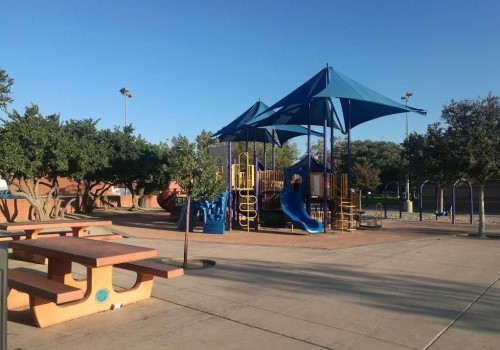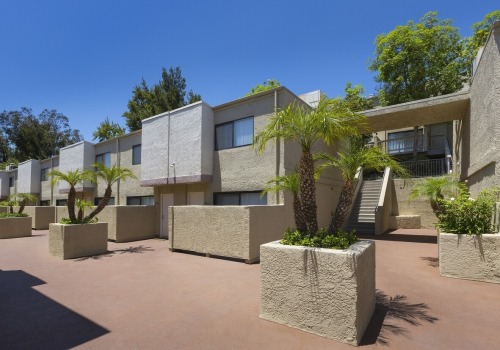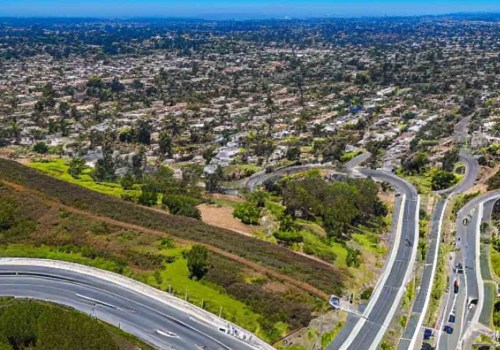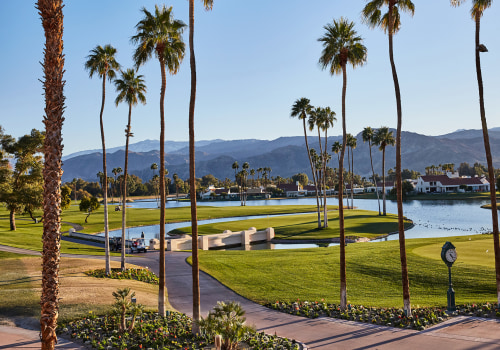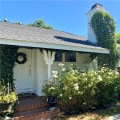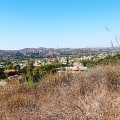Granada Hills, California is a vibrant neighborhood located in the foothills of the Santa Susana Mountains, just 30 miles from downtown Los Angeles. It has a rich history that dates back to 1927, when it was purchased by Suburban Estates, Inc., a holding company organized by Edwards and Wildey Company. Since then, the area has been home to a variety of organizations and initiatives, including the Granada Chamber of Commerce, the West Valley Associated Chambers of Commerce, and the Granada Rabbit Association. In 1999, the neighborhood council system was established as part of the statutory reform of the city of Los Angeles. This system ensures that municipal government continues to respond to the varying needs and lifestyles of the rich variety of communities in Los Angeles.
There are currently 99 neighborhood councils in Los Angeles, each serving about 40,000 people. Granada Hills is represented at the federal level by the congressman elected by California's 29th congressional district and by both California senators. The neighborhood's bicycle infrastructure includes signposted bike lanes next to Devonshire Street, on Nordhoff Street, which begins east from Orion Avenue, Parthenia Street east from Burnet Avenue, and the south-north lanes on Woodley Avenue. As an additional incentive, Granada was promoted as a rabbit breeding colony, and most of the eighty houses that were built for the first people of Granada in 1927 had barns suitable for raising rabbits. The Granada pavilion served as a meeting place for the Chamber of Commerce, the Women's Club and the Granada Rabbit Association. It was also used to promote Granada as an ideal place to live and work.
In 1931, residents were seriously considering changing the name to something other than Granada. However, before any definitive action was taken, California Trust Co took over the Granada area. Neighborhood councils are part of the Los Angeles city government and have annual budgets funded with taxpayer money. Neighborhood Council board members are city officials who are elected by members of their local communities, but donate their time as volunteers. Neighborhood councils are the form of government closest to the people.
They are advisory bodies that advocate for their communities before the City Council on important issues such as development, homelessness and emergency preparedness. Granada Hills has a long and fascinating history that has shaped its present-day character. From its beginnings as a rabbit breeding colony to its current status as an important part of Los Angeles' municipal government structure, Granada Hills is an example of how a community can grow and evolve over time.
